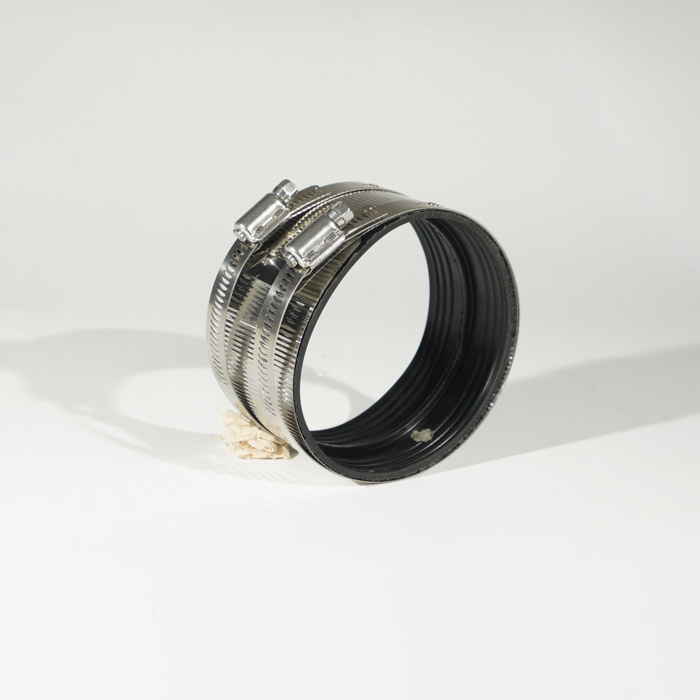- Phone:+86-17331948172 +86-0319-8862898
- E-mail: inquiry@puxingclamp.com
ئۆكتەبىر . 11, 2024 00:14 Back to list
Worm Style Hose Clamps Manufacturing and Quality Solutions for Your Needs
The Versatile World of Worm Style Hose Clamps A Look into Factory Production
In the ever-evolving landscape of industrial manufacturing, worm style hose clamps stand out as essential components across multiple applications. These seemingly simple devices are crucial for securing hoses in automotive, plumbing, and various machinery contexts, ensuring leak-free connections and maintaining operational efficiency. This article explores the intricacies of worm style hose clamp production, delving into factory processes, materials, and innovations shaping the future of this industry.
Understanding Worm Style Hose Clamps
Worm style hose clamps feature a unique design that includes a metal band wrapped around a hose, with a screw mechanism that, when tightened, secures the hose in place. Their primary function is to maintain fluid integrity by providing a firm grip, preventing leakage under varying pressures. While they are prevalent in automotive applications—securing radiator hoses, for example—they are also extensively used in industrial settings, agriculture, and household applications.
The Manufacturing Process
The manufacturing of worm style hose clamps is a meticulous process that begins with the selection of appropriate materials. Typically made from stainless steel or carbon steel, these materials are chosen for their strength, corrosion resistance, and durability.
1. Material Preparation The manufacturing process starts with the procurement of high-quality steel rolls, which are then cut into strips. These strips form the outer band of the clamps.
2. Forming the Clamp The cut strips are fed into machines where they are formed into circular bands. This step includes bending the raw material into a shape that will comfortably fit around the hoses.
3. Worm Gear Assembly Integrating the worm gear mechanism is pivotal. Workers or automated systems attach the screw mechanism to the band, ensuring that once the clamp is tightened, it exerts even pressure around the hose.
worm style hose clamps factory

4. Surface Treatment To enhance longevity, the clamps undergo various surface treatments, such as galvanization or the application of protective coatings. These treatments are vital in preventing rust and corrosion, which can compromise the effectiveness of the clamp over time.
5. Quality Control After assembly, each batch of hose clamps is rigorously tested for quality assurance. This includes checking the tensile strength of the material, the effectiveness of the screw mechanism, and overall durability through stress testing.
Innovations in Production
As industries demand higher quality and more durable components, manufacturers are continually innovating. Advances in technology have introduced automated production lines that enhance efficiency. For instance, robotic arms are increasingly taking over the bending and assembling tasks, which not only speeds up production but also minimizes human error.
Moreover, the integration of smart technology is beginning to gain traction in the production of hose clamps. This innovation could lead to the development of smart clamps equipped with sensors that monitor pressure levels in real time, alerting users to potential failures before they happen.
Applications and Market Demand
The demand for worm style hose clamps is robust and growing, driven by sectors like automotive, construction, and HVAC (heating, ventilation, and air conditioning). With the ongoing push towards sustainability, manufacturers are also exploring eco-friendlier materials and production methods, appealing to environmentally conscious consumers.
Conclusion
Worm style hose clamps may appear inconspicuous, yet they play a pivotal role in ensuring the functionality and safety of various systems. The dedication to quality and innovation in their manufacturing reflects a commitment to meeting the growing demands of diverse industries. As manufacturers continue to adapt to technological advancements and changing market needs, the future of worm style hose clamps seems poised for exciting developments, solidifying their place as indispensable components in modern engineering.
-
Heavy Duty Hose Clamp | Premium Durability & Security
NewsAug.01,2025
-
Large Stainless Steel Adjustable American Type Hose Clamp - Hebei Pux Alloy Technology Co., Ltd.
NewsAug.01,2025
-
Large Stainless Steel Adjustable American Type Hose Clamp - Hebei Pux Alloy Technology Co., Ltd
NewsAug.01,2025
-
Large Stainless Steel Adjustable American Type Hose Clamp - Hebei Pux Alloy Technology Co., Ltd.
NewsJul.31,2025
-
Large Stainless Steel Adjustable American Type Hose Clamp - Hebei Pux Alloy Technology Co., Ltd | Corrosion Resistance, High Torque
NewsJul.31,2025
-
Durable Hose Clamps with GPT-4 Turbo Tech | Secure Sealing
NewsJul.31,2025




